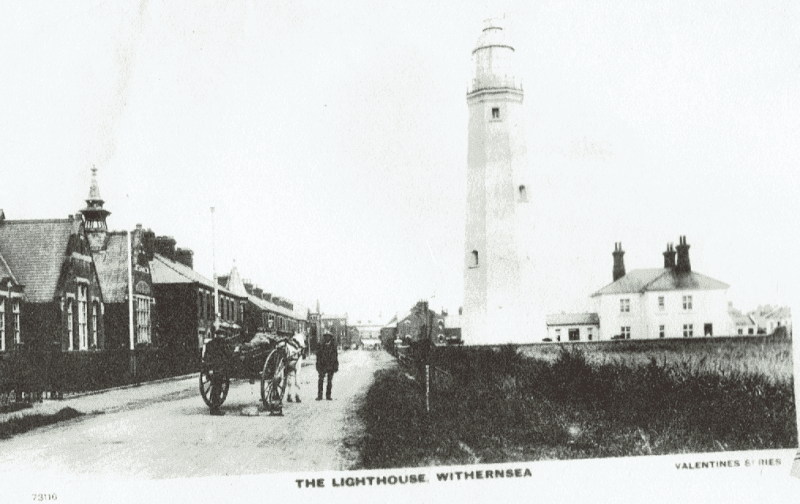
When thinking about coastal studies, and resorts in particular, it soon happens that similar histories crop-up in different places, indeed this is why local history alone can fall short.
The financial failure of the proposed cliff-top resort at Ravenscar and of the similar project at Withernsea on the Holderness coast is one such example, although Withernsea did develop into a bustling little resort despite the demise of the project. As with the development of many coastal resorts, railways played a significant role, especially after national legislation required railway companies to provide third class accommodation. At Ravenscar a newly created station was to be vital to the settlement’s development while at Withernsea a whole rail-line was built to promote the resort (Anthony Bannister, the Hull businessman who promoted and mostly funded the new line, initially proposed it as a rural line to serve the farming communities of south Holderness and with its terminus at Easington, taking it to the coast was an idea that came later). The Hull to Withernsea rail-line, an offshoot from the Victoria Dock Railway line, was completed and opened in 1854, the then population of Withernsea and nearby Owthorne being about 250 (the story of the ‘Sister-Kirks’ of Owthorne and Withernsea is told in a plaque set in relief on the Prominade wall at Withernsea). The rail-line terminated at a point just short of the coast and in the first four months 60,000 day trippers visited by train. In 1855 a large hotel was completed next to the rail station; this building survives having had a number of functions across the decades including a convalescent home and cottage hospital.
Although the Hull to Withernsea Railway had to be leased to the North-Eastern Railway in 1860 to ensure its future, Bannister turned his attention to the development of the resort and formed the Withernsea Pier, Prominade, Gas and General Improvement Company in 1871.
The photo above shows the lighthouse and some late 19th century housing and is dated, perhaps, to the early 1920s.
(to be continued)